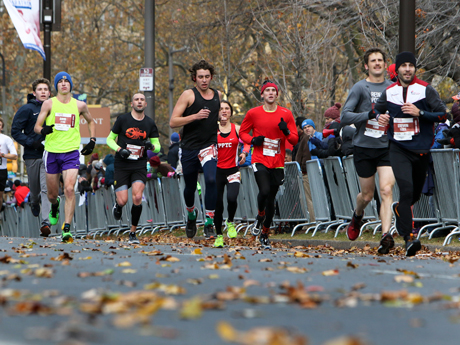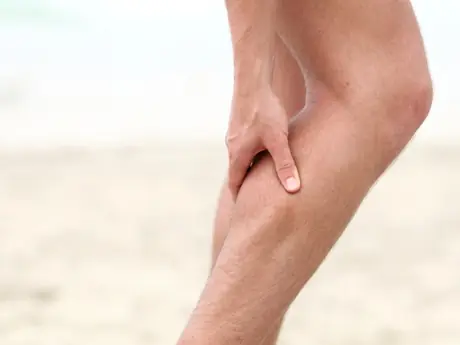
On the first weekend of October in 1989, American marathoner Kim Jones won the Twin Cities Marathon with a time of 2:31—a personal best. Three weeks later, Jones finished second at the New York City Marathon with a time of 2:27, knocking another four minutes off her stellar PR.
That Jones was able to bounce back in such a short window to run another amazing race wowed coaches and fellow athletes, alike. The feat was made even more impressive by the fact that Jones had run two additional high level marathons—Houston and Boston—prior to Twin Cities in 1989, and would follow with two more in 1990.
Just how Jones—and a handful of athletes like her—are able to recover so quickly from grueling distances is a study in both practice and patience. For runners looking to see similarly strong performances in multiple long-distance efforts, there exists a handful of easily executed practices which will increase your chances for success.
Recovery
After a half marathon or marathon, the first order of business—before focusing on the second race—is recovery. With another long effort on the horizon, addressing soft tissue recovery needs to be first and foremost on your list of priorities. Set up 1 to 2 flush-based massage therapy sessions in the first 6 to 8 days post-race and plan relaxed 60- to 80-minute walks over the course of the first week.
I also recommend lighter, non-impact-based exercise in the first week—such as the stationary bike and/or relaxed swimming for increased circulation. For those of you concerned that a week away from structured running-based training will impact your fitness, be aware that the marathon you just ran gave you a fitness boost and, if anything, the short term rest will actually augment your fitness for the second race. Below is a sample two-week “active rest” post-marathon plan we have used for years for those looking to run another in 4 to 5 weeks or less.
Week 1 Post-Race
Sunday: Marathon
Monday: Walk / off from running / light walking
Tuesday: Walk 60 to 70 minutes / off from running
Wednesday: Light non-running-based session; easy lap swimming for 30 minutes
Thursday: Repeat Tuesday
Friday: Repeat Wednesday
Saturday: Repeat Thursday (optional very short run, 20 to 25 minutes, slowly)
Week 2 Post-Race
Sunday: Non-run exercise (swim/bike) 60 to 70 minutes
Monday: 4 to 5 miles of easy running
Tuesday: Walk 70 to 80 minutes
Wednesday: 4 to 5 miles running
Thursday: Walk 70 to 80 minutes
Friday: Non-run exercise, 60 to 70 minutes
Saturday: 6 miles, easy running
Also note two additional key items:
Your first “longer” run of 11 to 14 miles or more should not be attempted within the first 14 days after the initial marathon or half marathon. Proper nutrition is critical in the recovery process between your two long-distance efforts, as well. Be sure to eat regular meals throughout the day, mindful of the need for proteins (ideally lean meat and/or fish to promote muscle repair) as well as high quality complex carbohydrates for glycogen restoration. Large meals infrequently will result in excess cortisol in the bloodstream (a stress hormone) and will not only slow the recovery process, but will tear down lean muscle mass. Small frequent meals are your friend, particularly in the first 12 to 15 days after a marathon.
- 1
- of
- 2
About the Author

Get ACTIVE on the Go


Couch to 5K®
The best way to get new runners off the couch and across the finish line of their first 5K.
Available for iOS | Android






Discuss This Article